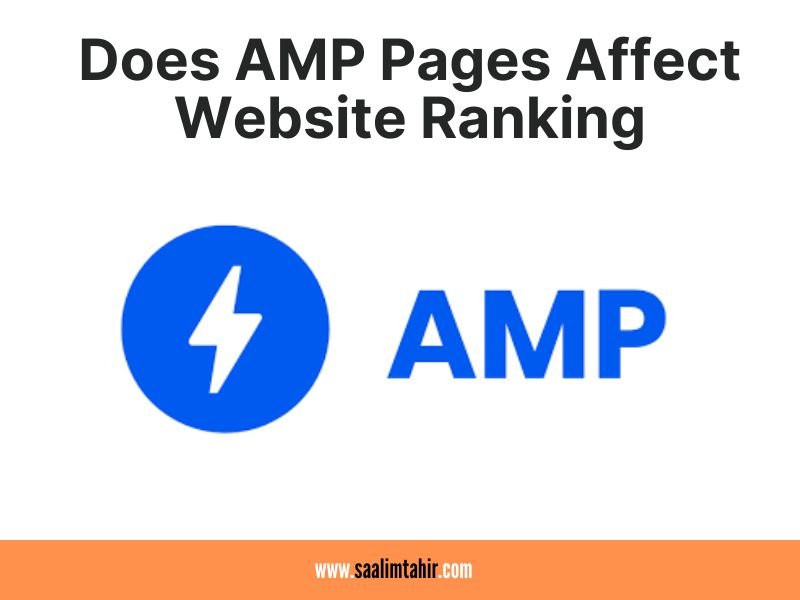SEO Insights: Exploring How AMP Pages Affect Website Ranking
The Rise of AMP in SEO Strategy
In the fast-paced digital world, the need for quick-loading web pages is paramount, especially when it comes to boosting your website’s ranking. This is where Accelerated Mobile Pages (AMP) come into play. As a seasoned SEO expert, I’ve witnessed firsthand the transformative impact AMP can have on website performance and search engine optimization (SEO). In this comprehensive guide, I’ll dive into how AMP pages influence website ranking and offer insights on setting up effective AMP-based automation for your site.
Understanding AMP
Before delving into the impact of AMP on SEO, it’s crucial to understand what AMP is. Accelerated Mobile Pages are stripped-down versions of web pages designed for instant loading on mobile devices. They’re created using a simplified HTML code, allowing them to load much faster than traditional web pages. This speed enhancement is not just a convenience for users; it’s a critical factor in website ranking, as search engines prioritize user experience.
AMP and Website Ranking
- Speed and User Experience: Google has always emphasized user experience, and speed is a significant part of this. AMP pages load almost instantly, significantly improving the user experience. This immediate access to content keeps users engaged, reducing bounce rates – a key metric in SEO.
- Mobile-First Indexing: With the shift towards mobile-first indexing, Google now uses the mobile version of your website for indexing and ranking. AMP pages, being inherently mobile-friendly, align perfectly with this approach, potentially boosting your website’s visibility in search results.
- Enhanced Visibility in Google Search: AMP pages often appear in the “Top Stories” carousel in Google search results, giving them a visibility edge over non-AMP pages. This enhanced visibility not only drives more traffic but also establishes your site as a credible source of information.
Setting Up AMP: Automating for Efficiency
Implementing AMP doesn’t have to be a daunting task. Automation can simplify the process, ensuring that your website consistently benefits from AMP without requiring constant manual intervention.
- AMP Plugins and Tools: Several tools and plugins are available for different content management systems (CMS) to automate AMP implementation. These tools convert your existing pages into AMP format, ensuring compliance with AMP standards.
- Automated Testing and Validation: Regularly testing and validating your AMP pages is crucial for maintaining their effectiveness. Automation tools can periodically scan your AMP pages, check for errors and compliance issues, and alert you if any action is needed.
- Content Management Automation: Managing content for AMP pages can be streamlined using automation. You can set up systems that automatically format and optimize content for AMP when it’s published, ensuring a consistent and efficient process.
Best Practices for AMP Optimization
To maximize the SEO benefits of AMP pages, consider the following best practices:
- Ensure Content Parity: Your AMP pages should have the same content as their non-AMP counterparts. Google penalizes sites that use AMP as a bait-and-switch tactic, where users are drawn in by an AMP page but need to switch to a non-AMP page to access full content.
- Optimize for Speed and Performance: While AMP pages are inherently fast, further optimization can enhance their performance. Compress images, use AMP-specific components, and minimize CSS and JavaScript to ensure your AMP pages load as quickly as possible.
- Monitor User Engagement and Feedback: Pay attention to how users interact with your AMP pages. Analyze metrics like time on page, bounce rate, and click-through rate to understand their effectiveness and make necessary adjustments.
Conclusion
AMP is more than a trend; it’s a fundamental shift in how we approach website design and optimization for mobile users. By embracing AMP and leveraging automation for its implementation and maintenance, you can significantly improve your website’s ranking and user experience. Remember, AMP is not a one-time setup but an ongoing process. Regular monitoring, testing, and optimization are key to ensuring that your AMP pages continue to deliver the best results. With the right approach and tools, you can harness the power of AMP to elevate your website’s performance in the ever-evolving digital landscape.

Saalim Tahir, a digital marketing specialist with 7+ years of expertise in B2B and B2C. Proficient in Google Analytics, Tag Manager, on-page SEO, off-page link building, PPC campaign optimization, and advanced technical strategies, aiming for superior results in SERPs and paid ads positions.
